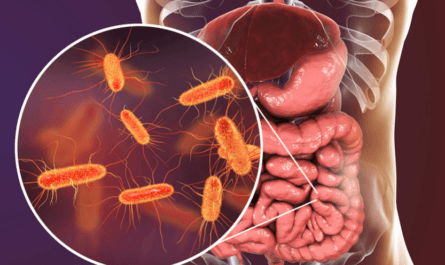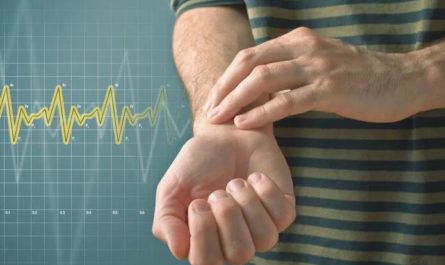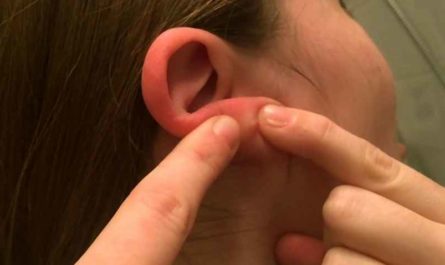Red bumps on the back of the throat can cause concern, as they may indicate a more serious underlying medical condition. These bumps are usually the warning signs you may have an infection, inflammation, or irritation. In some extreme cases, they could be symptoms of oral cancer. This article will discuss 10 common causes of red bumps on back throat.
What do red bumps in the back of your throat mean?
Red bumps in the back of your throat indicate several medical conditions. The most common cause of red bumps in the back of your throat is an infection, such as strep throat or mononucleosis.
These infections are typically caused by viruses or bacteria, which can cause your throat to become inflamed and irritated. In some cases, the bumps may be caused by an allergic reaction to something you have been exposed to, such as pollen or pet dander.
In some cases, the bumps may be caused by a condition known as oral thrush. This is an infection caused by a fungus, and it can cause red bumps in the back of your throat. Other possible causes of red bumps in the back of your throat include an abscessed tooth, a tumor, or even oral cancer.
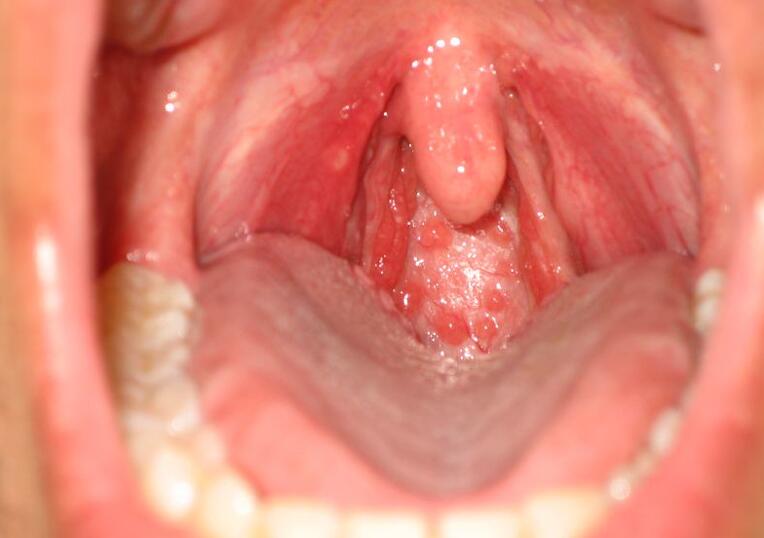
Symptoms of Red Bumps on the Back of the Throat
Red bumps on the back of your throat can appear like tiny red spots, raised lumps, or small red ulcers. In some cases, the red bumps may resemble blisters and have white pus in their centers.
The type of infection you have will determine the appearance of the red bumps at the back of your throat. Your red bumps may look rough and inflamed or resemble a rash at the end of your tongue.
If the cause of the red bumps is left untreated, the infection can spread to your respiratory tract, heart, or kidney and cause serious health complications.
10 Common Causes of Red Bumps on the Back of the Throat
Many factors could cause red bumps at the back of your throat.
Strep throat
Strep throat is a common bacterial infection caused by streptococcus pyogenes. It usually starts with a sore and scratchy throat before rash-like red spots develop at the back or on the roof of your mouth.
Although Strep throat occurs mainly in children, it can affect people of any age.
The symptoms of strep throat are:
- Fever
- Swollen lymph nodes
- Headache
- Pain swallowing
- Rash
- Nausea or vomiting
- Red, swollen tonsils
Treatment for Strep Throat
Strep throat isn’t lethal. However, if your strep throat is left untreated, it could cause health problems like kidney inflammation or Rheumatic fever. Your doctor may prescribe an oral antibiotic to kill off the bacteria causing the infection.
This condition is highly contagious, so taking the antibiotic early will reduce the chance of you or your child infecting others. Antibiotics will also relieve the pain and other complications accompanying your strep throat. Antibiotics that are effective against strep throat include:
- Amoxicillin
- Cephalexin
- Azithromycin
With treatment, you should start feeling better within 48 hours. If your sore throat doesn’t show any signs of improving after two days, call your doctor.
Pro tip: Honey is also an effective remedy for treating mild strep throat and the red bumps that come with it.
Taking a few spoons of Manuka honey will relieve symptoms of strep throat and treat the infection.
Scarlet Fever
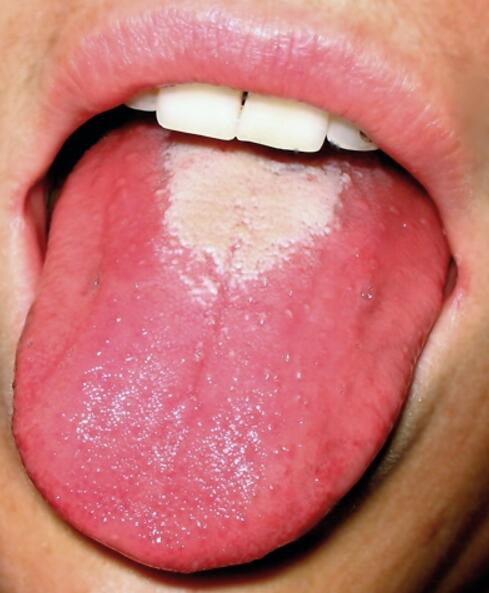
In the 1800s, Scarlet fever was one of the leading causes of death worldwide, killing about 15-20% of the people affected.
Today, a bacterial infection is easily treatable. Scarlet fever is caused by group A Streptococcus bacteria, the same bacteria responsible for strep throat.
These bacteria produce a toxin that causes red bumps at the back of your throat. Like its name, scarlet fever is characterized by scarlet red bumps around the body.
The rash usually starts on the chest and neck before spreading to other body parts. Your tongue may also look white with red dots on the surface and white pus on your tonsils.
Other symptoms linked with scarlet fever include:
- High fever of 101 F (38.3 C)
- Headache
- Abdominal pain
- Very sore and red throat
- Swollen tongue
- Difficulty swallowing
- Swollen lymph nodes on the neck
- Nausea or vomiting
Treatment for Scarlet Fever
Although scarlet fever was considered a severe infection, nowadays, there are various ways to deal with scarlet fever.
Your doctor may prescribe liquid antibiotics like penicillin or amoxicillin. Taking over-the-counter (OTC) medicine like acetaminophen can help to relieve your fever and pain.
Treating scarlet fever with antibiotics usually lasts between 10 days. However, most people recover in the first 4-5 days.
Pro tip: If you’re experiencing red bumps and other symptoms linked to scarlet fever, you must visit your doctor immediately.
If you don’t treat your scarlet fever in time, the infection may spread and affect your lungs, liver, and heart.
Allergic reactions

When your body feels threatened by a foreign object, it responds with an allergic response.
You could be allergic to certain types of food, dust, pollen, or drugs. These allergic responses could trigger many symptoms, including red bumps at the back of your throat.
Other signs and symptoms linked with an allergic reaction include:
- Red rashes on the skin
- Difficulty breathing and wheezing
- Runny nose
- Itchy hives on the body
- Red bumps on the neck, throat, and tongue.
- A runny nose
- Stomach pain
- Sneezing
- Coughing
Treatment for allergies
The best way to treat allergies is to avoid the allergen responsible for your red bumps. Your doctor may also prescribe natural antihistamines to relieve the symptoms.
Pharyngitis
Pharyngitis is the scientific term for sore throat. Almost 60% of all red bumps on the throat are caused by a sore throat.
Sore throats are usually painful, dry, and may itch.
Your sore throat could be a result of either bacterial or viral infections. Although it can affect people of any age, sore throats are more common in children since they can’t fight off bacteria and viruses efficiently.
Other diseases that could trigger pharyngitis include:
- Chickenpox
- Measles
Symptoms that accompany pharyngitis include:
- Whooping cough
- Sneezing
- Headache
- Body pain
- Runny nose
- Fatigue
- Chills
- Fever
Treatment for Pharyngitis
Before you treat your pharyngitis, you need to discover the underlying infection causing your sore throat. Your doctor will treat your red spots depending on the type of infection causing your pharyngitis.
Antibiotics can’t work for viral pharyngitis. So, if the cause of your sore throat is a viral infection, you may need to wait a few days before the red bumps in your throat clear up.
Your doctor may prescribe over-the-counter (OTC) drugs like ibuprofen and acetaminophen to relieve pain and fever.
Your doctor may prescribe oral antibiotics like penicillin and amoxicillin for bacterial infections.
Antibiotics will not help you cure your sore throat, but they may prevent the bacterial infection from spreading and causing other complications like rheumatic fever and kidney disease.
Pro tip: You may start feeling better within the first few days of taking your antibiotics; make sure you complete your medication dosage to prevent re-infection.
Home remedies that can help you recover from pharyngitis include:
- Drinking plenty of water
- Getting plenty of rest
- Washing your mouth with saltwater
- Drinking warm water, lemon water, and tea
Tonsillitis
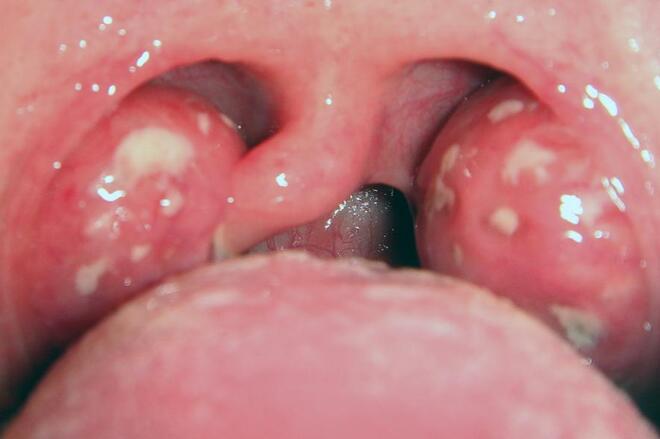
Your tonsils are two oval-shaped pads at the back of your throat (one on each side). When you have a viral or bacterial infection, your tonsils may swell and cause red bumps at the back of your throat.
Sometimes, your tonsils may be red, swollen, and have white pus at their center. The most common cause of Tonsillitis is Streptococcus bacteria, which also causes strep throat. Your tonsillitis may affect other parts of your throat too.
Other symptoms that come with tonsillitis include:
- Sore throat
- Difficulty swallowing
- Inflamed lymph nodes
- Fever
- Bad breath
- Headache
- Red swollen tonsils
Your doctor will probably carry out a rapid strep test to check for strep throat.
Treatment for Tonsillitis
Tonsillitis isn’t usually severe. It clears up on its own after a few days.
If your tonsils are painful and have other symptoms that depict a bacterial infection, your doctor may prescribe antibiotics and pain relievers like acetaminophen.
In extreme cases, your doctor may suggest surgical removal of your tonsils (Tonsillectomy).
Canker sores (Aphthous ulcers)
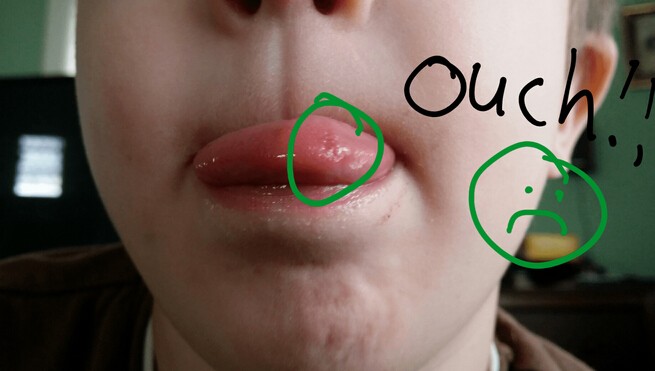
Canker sores are small, shallow wounds that appear on the soft tissues in your mouth or at the back of your throat.
These canker sores are usually white or yellow, with red, inflamed tissue surrounding them.
Although canker sores aren’t contagious, they can be extremely painful. Your canker sores may also come with other symptoms, including high fever and swollen lymph nodes.
You may have a burning sensation in your mouth a day before the mouth ulcers appear. Although the exact cause of canker sores remains unknown, certain factors that could trigger the growth of canker sores include;
- Mouth injury, either through hard brushing, biting your cheek, or dental work.
- Using harsh kinds of toothpaste and mouthwash that may contain sodium lauryl sulfate
Treatment for Canker sores
Canker sores don’t usually require treatment. In most cases, minor canker sores disappear after a week without leaving any scars. However, if your canker sores are large, keep reoccurring, or don’t clear up in a few weeks, you may need extra medical care.
Your doctor may recommend benzocaine, hydrogen peroxide rinses, or antimicrobial mouthwash. If the pain is severe, you can also try gargling saltwater, adding milk of magnesia, or rinsing your mouth with warm water.
Mononucleosis
Mononucleosis is also known as mono or kissing disease. Unfortunately, you may not have to kiss people to get infected with mononucleosis. You can get infected by sharing cups or drinks.
The disease is caused by the Epstein-Barr virus (EBV) and spreads through the saliva. Although mono isn’t very serious, it could cause fever, sore throat, and red bumps at the back of your throat.
Other symptoms of mononucleosis include:
- Fatigue
- Swollen lymph nodes
- Sore throat
- Headache
Treatment for Mononucleosis
Unfortunately, there’s no cure for mononucleosis. The symptoms appear 4 to 7 weeks after infection and may be mild or severe.
Occasionally, mononucleosis can lead to other serious health complications, including liver failure, heart problems, and jaundice.
If you’re experiencing fever, home remedies that may help include;
- Getting a lot of rest
- Drinking lots of water
- Taking over-the-counter medications like acetaminophen may help with your fever.
Your doctor may prescribe corticosteroid medication if you have swelling in your throat.
Chickenpox

This is a very infectious disease caused by the varicella-zoster virus.
The symptoms appear 14-16 days after contact with an infected person and could range from fever and headache to a sore throat. In some cases, you may have red dots on the back of your throat.
The virus spreads through contact, coughing, or sharing food and drinks. A few days after the first symptom appears, you may develop an itchy rash and red spots all over your body.
Treatment for chickenpox
Chickenpox doesn’t cause any health complications, especially in healthy children. In most cases, you can self-isolate and treat the symptoms.
To relieve the symptoms, ensure you get plenty of rest and drink lots of fluids. You can also apply calamine lotion or take oatmeal baths to reduce itching.
Pro tip: Your chickenpox will fade away after a while; ensure you don’t scratch your spots to prevent infection or scarring.
Hand, foot, and mouth disease
Hand, foot, and mouth disease is a very common children’s disease caused by coxsackievirus.
The infection causes rashes on the hands, feet, and mouth. HFM also causes sores in the mouth and red spots at the back of the throat.
Although it can affect anyone, children under 5 are highly prone to the disease.
Other symptoms linked to HFM disease include:
- Fever
- sore throat
- Fatigue
Treatment for Hands, Foot, and Mouth Disease
HFM doesn’t require medical care. The symptoms clear up on their own after about ten days.
You can soothe the pain with OTC pain relievers like ibuprofen or acetaminophen.
Pro tip: Ensure you avoid aspirin to treat pain in children since it could cause serious illness.
Oral cancer
In rare cases, the cause of your red bumps could be cancer. The early symptoms of cancer include painful sores and red or white lesions at the back of the throat.
If your red bumps persist after antibiotic treatment, you should make an appointment with your doctor. Weight loss and numbness in your mouth are warning signs of oral cancer.
Treatment for oral cancer
Early detection is the best way to treat any cancer. You may need to go through surgery, radiation, and chemotherapy.
When to see a doctor?
You should see a doctor if you have red bumps on the back of your throat and experience any of the following symptoms:
- Severe pain: If you are experiencing severe pain, especially when swallowing, it may indicate a more serious condition that requires medical attention.
- Difficulty swallowing: If you have difficulty swallowing, it may indicate a blockage in your throat that requires medical attention.
- Fever: If you have a fever along with red bumps on the back of your throat, it may indicate an infection that requires medical attention.
- Persistent symptoms: If your symptoms persist for more than a few days, it may indicate an underlying condition that requires medical attention.
- History of cancer: If you have a history of cancer, you should see a doctor if you notice any new or unusual symptoms, including red bumps on the back of your throat.

